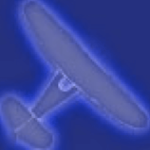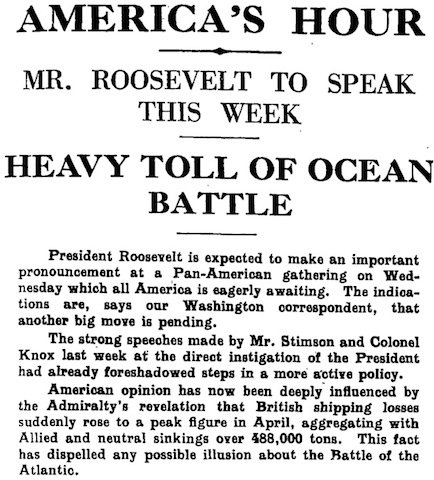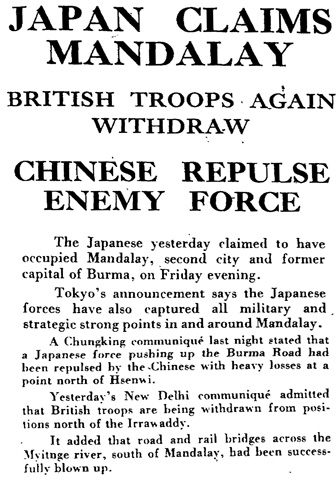
NAA: MP1049/1, 1918/066, pages 325 through 327, is a report from Lieutenant K. O. Mackenzie RANB (Royal Australian Naval Brigade), though in fact the bulk of it is his rendering of a statement made by James Aitken, a 'mail contractor' from Waratah Bay, regarding an aeroplane he had seen at Cape Liptrap on the Gippsland coast:
on 25th April [1917] at 12-45, p m, was having dinner at Cape Liptrap Lighthouse. I saw what looked like a seaplane about a mile seaward having a long torpedo shaped body of grey colour, weather was hazy with no sun. When heading towards me the seaplane was hard to see; looked like a beer barrel, two wings on either side being difficult to see when end on, at times looked to have a long tail [...] He appeared to keep close along shore flying low; at times he went up about six hundred feet judging by height of Lighthouse which is 210 feet high. Could not make out figure in seaplane - he turned very rapidly and when rising sent out black smoke [...] he was in view for about 25 minutes - lost sight of him at ten past one.
All very interesting. I could go on, and when I started writing this post I did. But this report is not from 1918 but 1917. Why is it here at all?
Unfortunately, in my article I give the date of this report, incorrectly, as 13 May 1918. In both my research notes and my article notes I do have the correct date, 13 May 1917, so I'm not a complete idiot. But evidently, at some point in the writing up I misread the date, which was easy enough to do because there are so many reports from this period and area in 1918. It was only in looking again at related correspondence (in NAA: MP1049/1, 1918/066, page 328) and trying to work out why 'the possibility of a secret [aircraft] construction' was still being entertained at the very point in time when both the Navy and the Army had abandoned the raider/base hypothesis that I looked again at the dates and realised both the report and the analysis were from a year earlier. That makes it an interesting source for early mystery aeroplane sightings and interpretations in itself, but it's too late for that now.
I use this report for Aitken's admission that 'I have never seen an aeroplane before except in pictures', and Mackenzie's comment that nevertheless 'He was very firm about seeing the aeroplane and scorned the idea of seeing a flock of birds like one' -- my point being that no matter how certain they were of what they'd seen, most witnesses would have known about aviation only through the media. That point still stands, and since there was no great revolution in public experience with aviation between 1917 and 1918 I could still have used this source for that purpose, with appropriate caveats; though there is equally good evidence from the panic itself, such as the statement by Sutton, the drover who saw an aeroplane land in the middle of the night at Macarthur, that 'I never saw an aeroplane but from the description and photos I would say this was one' (I suspect I didn't do this because I'd already quoted and cited him, and as I recall I was trying to refer to as many different sightings as I could, to give a sense of the sheer number and variety of them without resorting to a boring and unpublishable catalogue).
So this mistake in no way undermines my confidence in my conclusions about the 1918 mystery aeroplane panic. But it might undermine your confidence in the way I reached them.
![]() This work is licensed under a Creative Commons Attribution-NonCommercial-NoDerivatives 4.0 International License.
Permissions beyond the scope of this license may be available at http://airminded.org/copyright/.
This work is licensed under a Creative Commons Attribution-NonCommercial-NoDerivatives 4.0 International License.
Permissions beyond the scope of this license may be available at http://airminded.org/copyright/.




